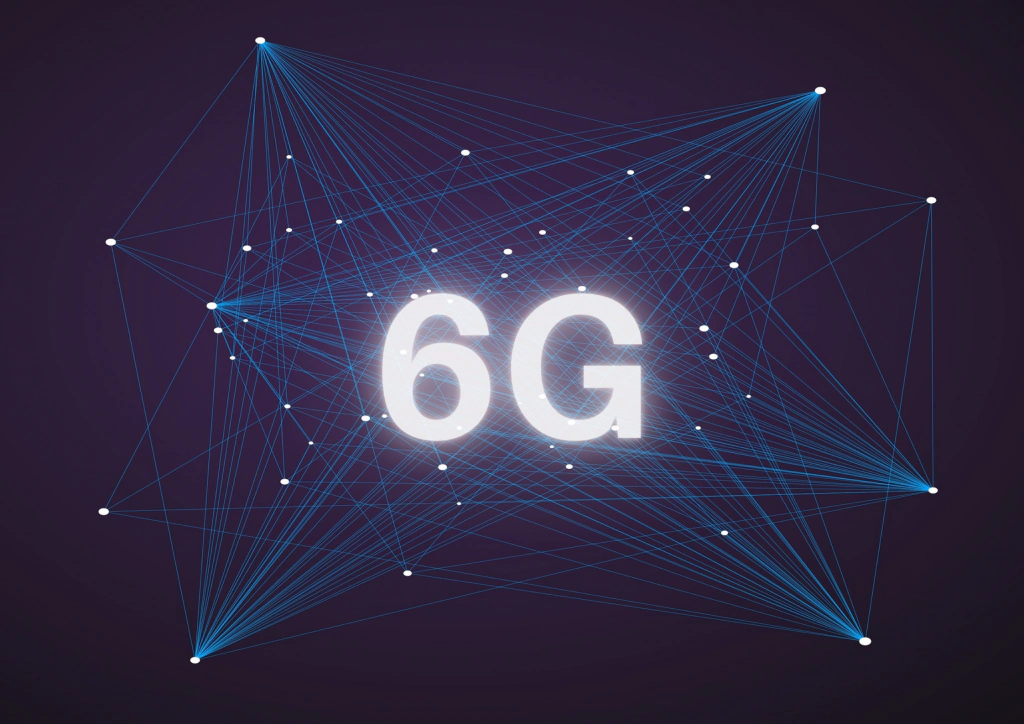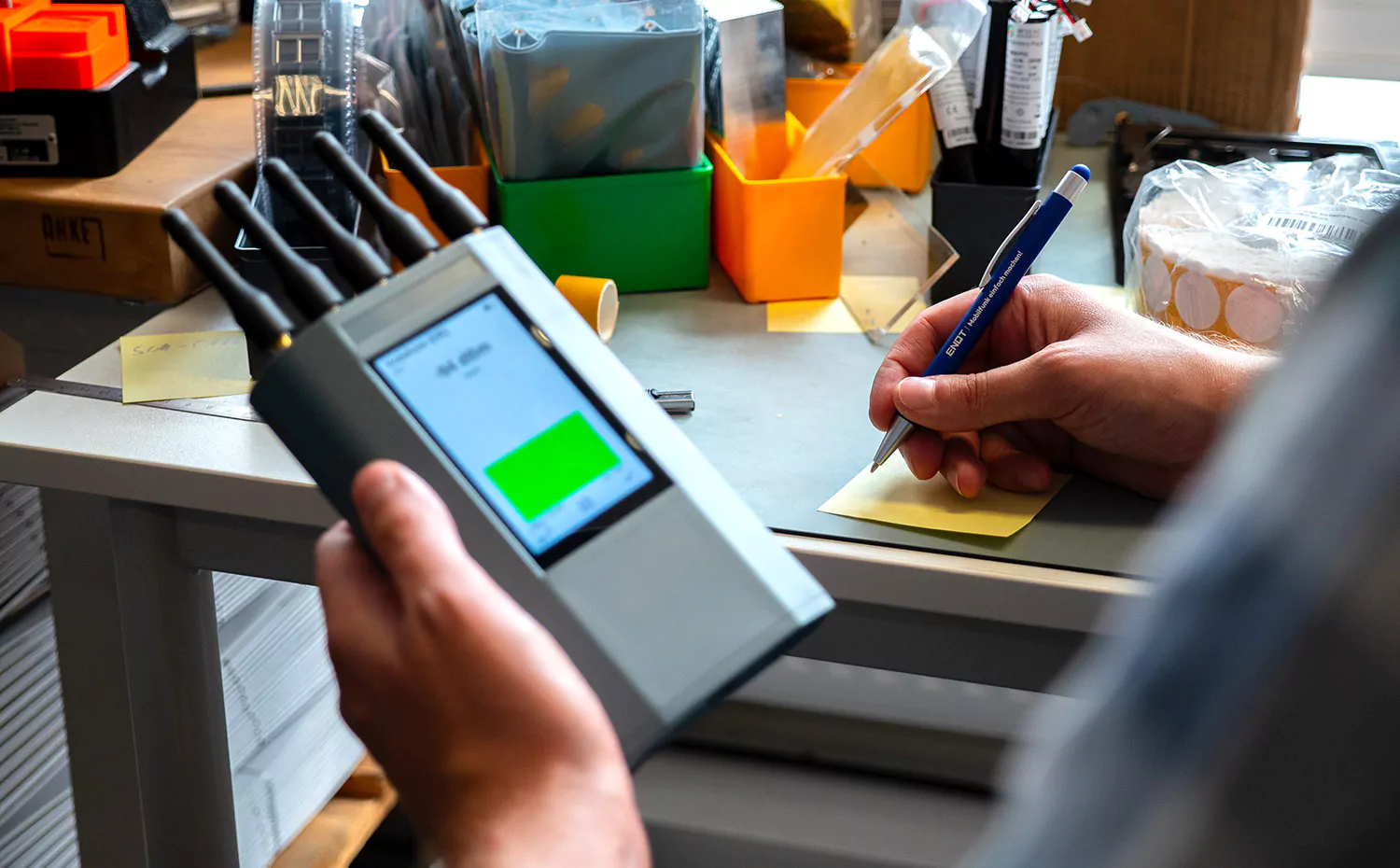Nevertheless, work is already underway to develop the next generation: The future mobile communications standard 6G is to be the successor to 5G and will enable numerous previously unthinkable application scenarios.
What exactly is 6G and what are the advantages?
One of the main advantages of 6G will be significantly higher speeds compared with current mobile communications standards. Researchers believe that transmission rates of up to one terabit per second will be possible. In addition, the new technology will be able to use significantly higher frequencies than current standards. This will open up higher capacity and even lower latency than 5G: the latency of 6G will probably be in the microsecond range and thus many times shorter than that of the fifth generation of mobile communications, which has a latency of up to one millisecond. In addition, the new mobile communications standard will be extremely fail-safe and energy-efficient. All of these features will enable highly reliable communications, which is much more important than increased transmission speeds for many applications.
The 6G network is to be intelligent, i.e., with the help of artificial intelligence it will be able to optimize itself and provide the required power at the right time and in the right place. To this end, the mobile network is to work together with countless sensors, enabling the radio signals not only to transmit data, but also to convey information themselves. Such information could be, for example, whether an object is located between the receiver and the transmitter.
Possible areas of application
The new generation of mobile communications standards is expected to both improve the performance of existing 5G applications and significantly expand the possibilities for new, innovative areas of application. To achieve the best possible conditions in this regard, many development projects are relying on cooperation with industry and society. A Bavarian research project, for example, has launched the “Thinknet 6G” platform, on which the requirements of various parties are collected.
Among the technologies already in place, significant advances are expected in wireless sensor solutions. With 6G, it would also be conceivable for the first time to have a large number of technologies that are directly integrated into our living environment and thus require maximum reliability. Examples include fully autonomous driving or the control of medical surgical equipment, both applications that require millimeter-precise control and instant reactions. On the other hand, scenarios such as extended reality would also be conceivable, thanks to which people would be streamed in 3D and real time at the highest resolution to mobile devices or even directly into rooms.
Why the early research? Is 5G already obsolete?
The first research into a new mobile communications standard began back in 2017, and there are currently a number of projects around the world, usually involving technology companies and governments. These include the European “Hexa-X” project, which was launched in January 2021. The EU is providing 900 million euros for this flagship initiative, with an initial planned duration of 2.5 years. Twenty-two companies are involved in the project under the coordination of Nokia, with the Swedish company Ericsson in charge of technical management. The participating companies also include the network operators Telefónica and Orange, as well as Siemens and Intel. Currently, the project is in the basic research phase, determining what is needed to implement the standard and build a 6G network architecture.
Despite the already intensive research, 5G is of course far from obsolete. Just like LTE currently and even 3G until recently, 5G will continue to be used after a newer mobile standard is introduced. In addition, the development of new mobile technologies has usually taken around 10 years in the past, and 6G is not expected to go live before 2030 either.



